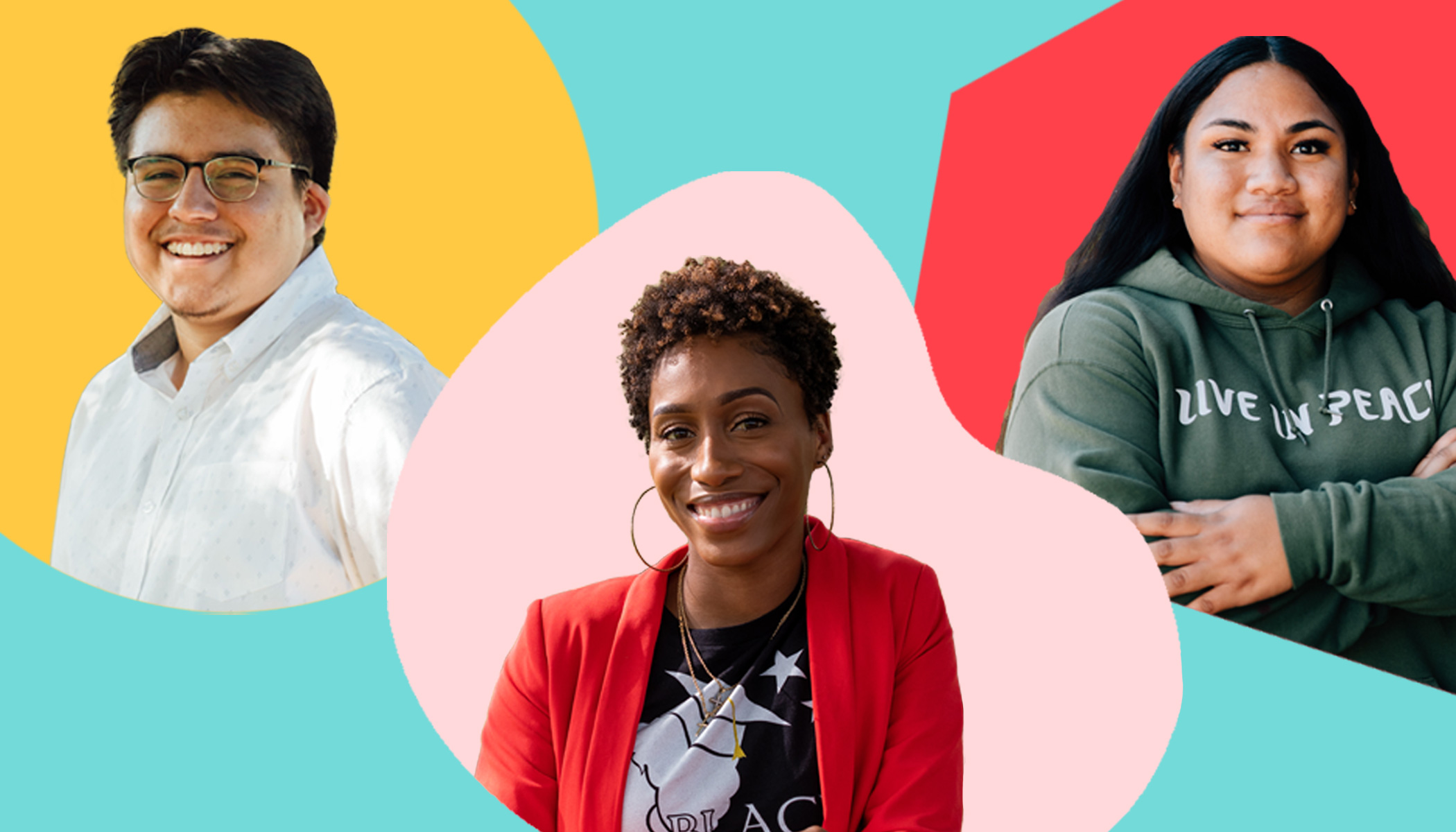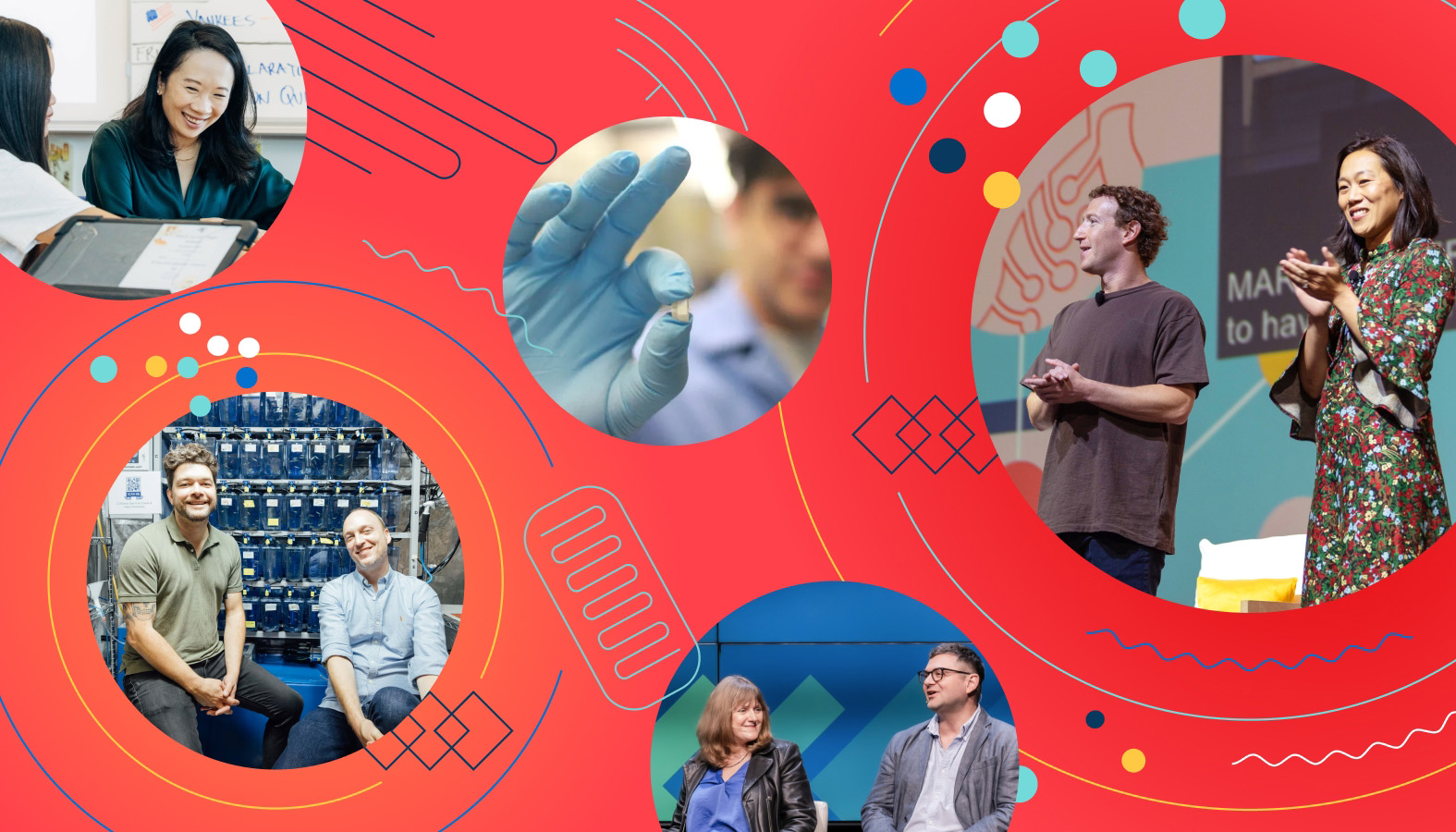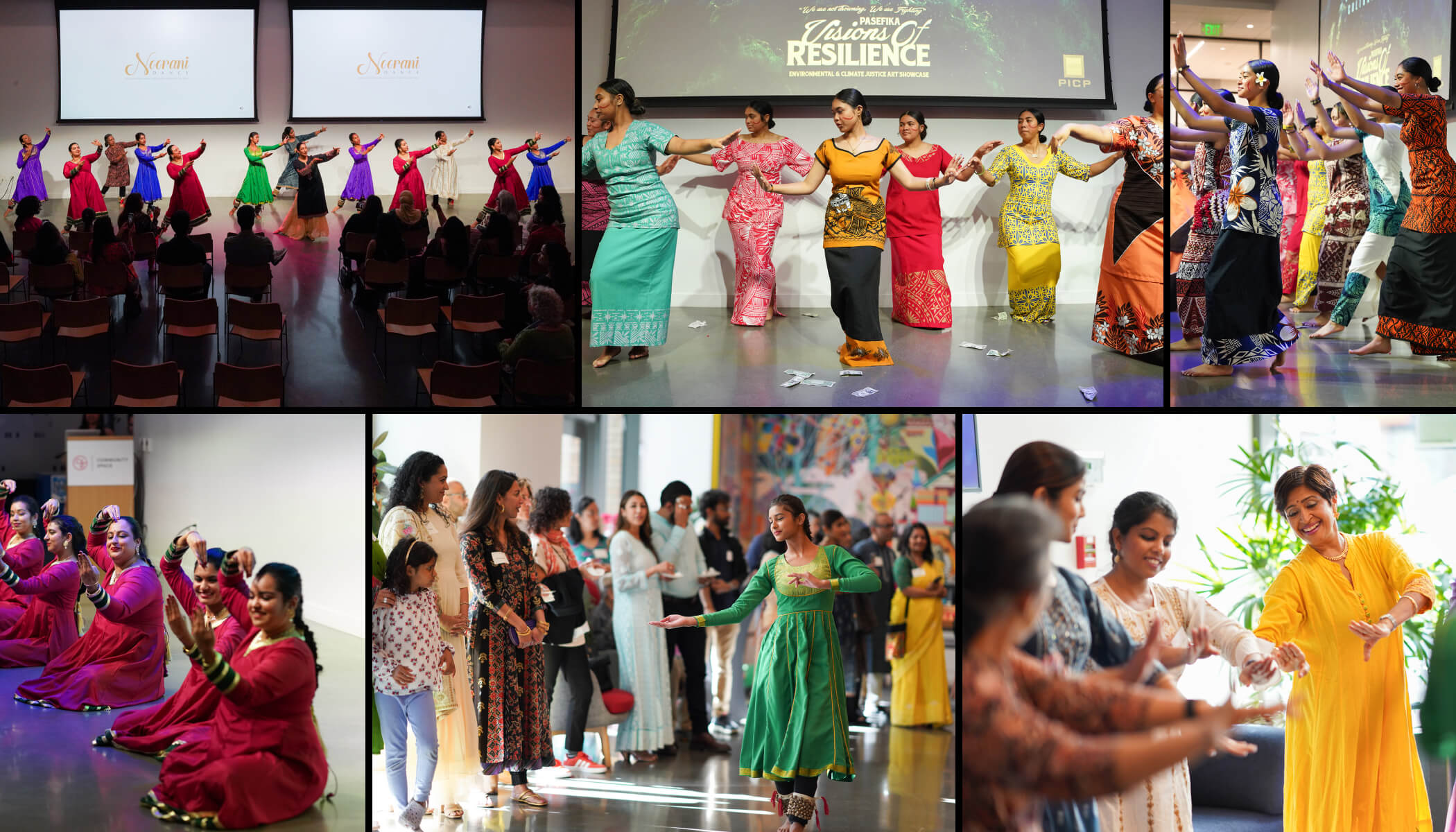Jul 29, 2021 · 10 min read
How 3 East Palo Alto Youth Found a Forever Family in Their Community
Live in Peace shows that deep community roots and a family-style approach can support young people facing economic insecurity and unequal access to opportunity.

For those involved, Live in Peace is most often referred to as a family. What started as a project for a few East Palo Alto, California community members has turned into a robust organization that’s mission is to provide wrap-around support to youth so they can reimagine their futures.
Led by Executive Director Heather Starnes-Logwood, and a dedicated board and staff, Live in Peace offers four core programs: Students Who Achieve Greatness (SWAG), the Gap-Year Project, College Initiative, and Bike Shop.
According to its website, the organization’s model is simple. Live in Peace hires local community leaders that work together to build supportive relationships with youth to give them a sense of belonging. As a result, Live in Peace members develop critical skills and graduate as socially conscious young leaders.
But, there’s no better way to show the true impact of the organization then by showcasing the fruit that it bears. The following are three stories of students who have embraced the Live in Peace culture and are now part of its extended family.
A Different Kind of Program
Daisy Tuulaupua was 9 years old when a heart condition forced her to leave her native American Samoa for San Francisco, California, to undergo life-saving surgery. Unfortunately, most patients with her condition require multiple surgeries, so Daisy stayed in California with relatives — a home that was anything but familial — while her immediate family remained in American Samoa.
“I was always mentally, physically and verbally abused,” says Daisy, who is now 22 years old. “I never really voiced it because I didn’t want people to know what I was struggling with.”
By the time she was in high school, Daisy says she was a “broken kid.” She felt alone, unloved and like an outsider.
“Have you heard of the Cinderella story?” Daisy asked during our interview. “Well, it was like that, but I didn’t have a Prince Charming to come in and save the day. I had a family of people who took me in and loved me.”
The family — Daisy’s version of a Prince Charming — is Live in Peace. She got involved in the SWAG program during her junior year of high school. The program helps re-engage students through tutoring, one-on-one mentoring, and providing a safe space to study and family-style outings.
At first, Daisy was hesitant to be involved.
“I’ve been in a lot of programs,” Daisy says. “I’ve always known that I’m going to be just a number included in their yearly reports or their monthly report to get funding.”
But the longer she stayed with Live in Peace, the more she realized the program was different.

Daisy recalls a time when her aunt came to Live in Peace and there was an altercation. The staff didn’t engage, and eventually, her aunt left. But, Daisy’s aunt wouldn’t allow her to return to the program. So, instead of letting her drop out, Daisy’s mentors arranged to meet her at school.
“If they [had] never showed up to my school, I would have just given up,” Daisy says. “Instead of them allowing me to go that course, they decided to switch it up, and they’ve been there ever since.”
It was this unwavering support that made all the difference to Daisy. Her mentors talked to her about a career path while she was still in high school. It was the first time she began thinking about a future. As a result, Daisy went on to finish high school early and enrolled in community college.
When the COVID-19 pandemic began, Daisy’s in-person meetings with Live in Peace moved online and check-ins became phone calls or texts. But, Daisy always knew she had support. At one point, Live in Peace even organized a car parade to bring students a sense of hope amid quarantine.
This spring, Daisy graduated from community college and celebrated with her Live in Peace family. She’s headed to the University of Hawaii this fall, and even though she will be moving away, Daisy says Live in Peace is stuck with her. Now, she’ll be part of the organization’s College Initiative program while pursuing her bachelor’s in social work.
Daisy says Live in Peace has been walking with her every step of her journey, and it’s something she hopes to one day do for others either within the foster care system or as a high school counselor.
“For a colored girl from an island who has never been out in this huge city — this huge world that you guys have out here,” says Daisy, “if [it] wasn’t for [Live in Peace], I wouldn’t be who I am today. I’m forever grateful.”
“It Wasn’t Just Work; It Was Family.”
In the summer of 2019, Roberto Gonzalez Cabrera, who goes by Beto, was enrolled in a summer youth employment program in East Palo Alto when he first heard about Live in Peace and its Bike Shop program. Given his interest in molecular science and his passion for hands-on learning, Beto was instantly intrigued.
He began volunteering at the shop, and within months he was hired to help repair bikes. The job kept him engaged and around other people instead of staying home alone while his parents worked long hours.
“We’re a very social species and we require being close to people and a group to maintain our health,” Beto, who is now 18 years old, says. “During the beginning of COVID, my mental health really got affected. And just being able to work there and have that familial group and sense of family really helped me. It wasn’t just work; it was family.”
Not only did Beto continue to work in the bike shop during the pandemic, but he also took advantage of Live in Peace’s new study pods, which allow students who are distance learning to access free WiFi, snacks and tutors.
“If I wouldn’t have had those pods, I would have stayed home and I might not have reached out to get help,” Beto says. “I have a tendency to try to solve things on my own. I’m still learning to advocate for myself.”
Having his senior year entirely online was challenging for Beto. As a hands-on learner, he struggled with a lot of his STEM-related classes being offered only online. But Live in Peace gave him the support he needed.

When Beto graduated in the spring, Live in Peace was there to celebrate and gave Beto a toolkit as a graduation present.
“I want to be part of a bike shop over in Massachusetts, at Tufts, or just on the side to be a bike mechanic for other students that need that service,” he says.
Beto will attend Tufts University in the fall and knows his Live in Peace family will continue to be a part of his life. He plans to stay in touch with his mentors and get advice on financial aid and the imposter syndrome he says he’ll likely feel as a first-generation college student.
“Ale, who is a tutor there, she always reaches out to me and sees how things are going, which is very thoughtful of her,” Beto says. “It’s hard to find organizations that have people like Ale.”
“They Always Pushed Me To Elevate Me Forward.”
Caprice Powell was a freshman in high school the first time she tagged along with friends to an after-school program that would later become Live in Peace. The previous night, a bullet went through her living room window.
“I remember my mom telling me, ‘What goes on in this house stays in this house,’ but it was on my heart,” Caprice says.
The activity for the group that day was to draw a picture of anything the students were thinking or feeling, and it could be anonymous. But at the last minute, Caprice wrote her name on the picture she drew of the bullet coming through her house.
“Literally from that day, they made sure they dropped me off. They made sure I was safe,” Caprice says. “They became really invested in my life. And I felt like, ‘Wow, somebody actually cares about me and my life outside of just my sisters and my family.’”

Now 29, Caprice is one of the original students Live in Peace supported. She calls Justin, the mentor who first saw her drawing, her God-dad.
“He has changed my life. He changed my socioeconomic status,” Caprice says. “He literally took me into his home and pretty much raised me throughout high school, alongside my family.”
When Live in Peace mentors say they provide wrap-around support, they mean it. For example, they helped Caprice get her driver’s license and first car and taught her how to drive a stick shift. They also taught her how to pay bills and apply for college — something she didn’t even realize she could do.
“It just opened my eyes to so much, like, of course, you can go [to college]. And then, after that, you can go here,” Caprice says. “It was never an ending. They always pushed me to elevate me forward.”
Her mentors helped her find a career path by encouraging her to try different classes in college until she found an area of study that she felt passionate about.
“[Sociology classes] resonated with me because they were teaching me about me,” says Caprice. “They were teaching me about my upbringing. And things were starting to make sense about my life — like I didn’t know I was poor.”
She realized some resources weren’t available to her because of her socioeconomic status.
“With all that knowledge, I felt like I wanted to be somebody who also helped and empowered and informed and advocated for people,” Caprice says.
Now equipped with a master’s degree in social work, Caprice lives and works in Houston, Texas. Despite the distance, her ties with Live in Peace are still strong.
“I talk to them pretty regularly. I still call them as if they were like my mom or my dad. When COVID hit, and my job laid us off a bit, they came through for me so much,” Caprice says. “They were able to help me with my rent for about two or three months, which safeguarded me.”
Live in Peace set up a rent relief program during COVID-19 to support its community members in East Palo Alto and non-local members like Caprice, who would otherwise have lost their homes.
“If it wasn’t for Live in Peace and the people who have dedicated their time, their energy, their prayers to me in my life, I honestly don’t know where I would be.”





